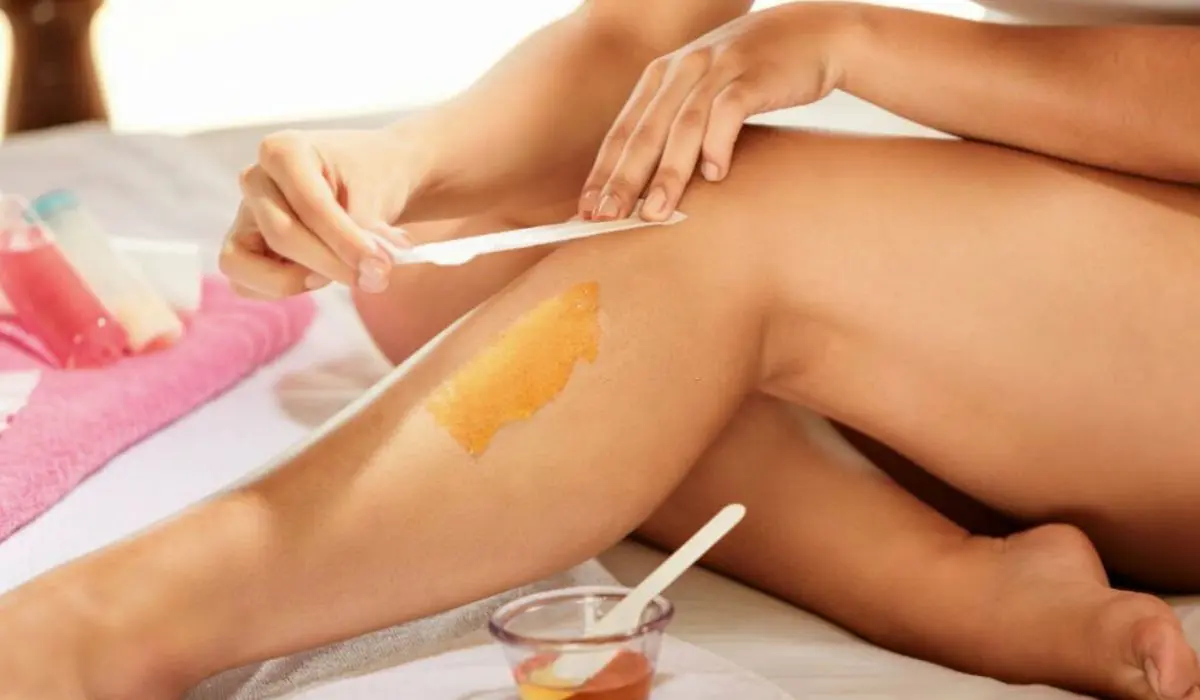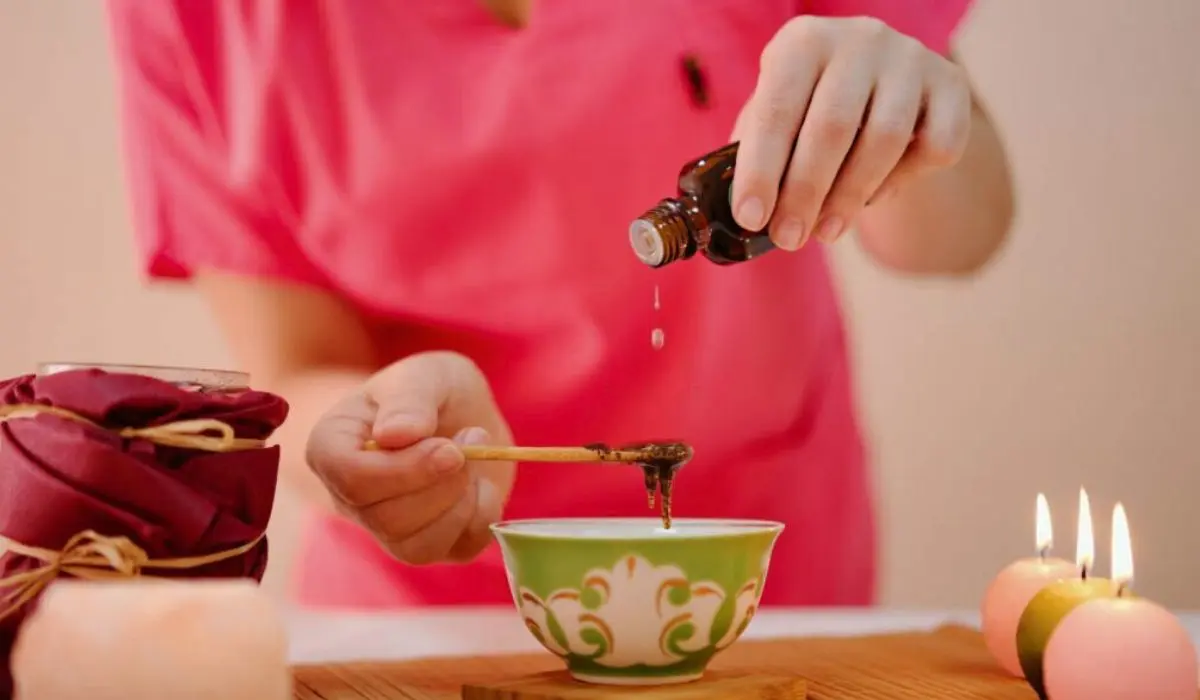Sugar wax also known as sugaring is the process used to remove hair. Although chemically applicable wax is available in the market, you can always opt for one that is naturally made at home. If you are tired of using traditional wax to remove hair, you could shift to using sugar wax as this article would answer all your doubts.
Steps To Prepare Sugar Wax At Home And Its Remedies
Making sugar wax at home is a fairly easy process that requires the basic types of equipment as well as commonly found ingredients. Firstly let’s look at the things you might need. This includes 2 cups of granulated sugar, ¼ cup of lemon juice freshly squeezed, 1/4 cup of water, a medium-sized saucepan, a wooden spoon or spatula, a cheesecloth or muslin fabric, and an airtight container for storage. Now follow the instructions below-

1. Prepare your work area– Make sure the area you will be working in is clean and dry. If you believe there is still some moisture left, try applying some cornstarch or baby powder to absorb it away.
2. Mix the ingredients– In a saucepan, combine the sugar, lemon juice and water. Stir it well until the sugar dissolves.
3. Heat the mixture-Place the saucepan on low to medium heat and bring the mixture to a boil. Stir it continuously to burn. The mixture should be turned into a golden brown syrup which takes around 10-15 minutes. Don’t overcook it as the consistency should be similar to honey.
4. Cool the wax– Remove the saucepan from the fire source and keep it at room temperature to let it cool a bit. Before applying it make sure it is not too sticky nor too hot. It should be safe for you to touch without getting burned.
Now you can use it in the desired area by placing it in the direction of the hair growth and pulling it out after placing a sheet or cheesecloth. Continue the process until the result is good enough. Take a clean cloth to clean the excess sugar wax from the skin. You could also these remedies to make a perfect and consistent sugar wax.
1. Lemon juice substitute– If you don’t have lemon juice go for white vinegar as our only aim is to stop the sugar from crystallizing.
2. Add honey/essential oils – Some people prefer adding honey or essential oils to the concoction which can be beneficial to the skin and emit fragrance.
3. Storage– You don’t have to make it every time you need it. If you store it in an air-tight container, it should be good to be used for at least a few weeks. Warm it in a microwave if needed.
Benefits Of Making Sugar Wax At Home
The benefits are numerous and they include-
1. Gentleness on skin– When compared to shaving creams, waxing creams, and other chemical strips, sugar is a less abrasive option. It adheres to the hair and not the skin therefore reducing the chances of causing redness or itching.
2. Natural ingredients– The concoction is made of ingredients that are healthy and have no preservatives unlike the ones bought from the market.
3. Less Painful– When it comes to pain, waxing tests it in every way. However, using natural sugar wax can reduce the intensity and make the hair removal experience an ideal one.
4. Slower hair regrowth– When the hair is shaved or waxed using a cream, you can see that the hair starts growing within a week or so. This is because it only concentrates on the topical ones and not the hair follicles like the natural sugar wax.
5. Fewer ingrown hairs– Using the natural waxing method on hair can lead to the growth of hair that grows back to the skin as it uproots it fully.
6. Versatility– Some methods can only be restricted to certain areas. However, it is not the same with sugar wax as it is safe to be used anywhere you desire.
Conclusion
Sugar waxing is a completely natural process to remove hair from even the toughest nooks of the body. Additionally, it is made of simple and readily available ingredients making it accessible and economical. However, you must opt for the option that works the most for you.

